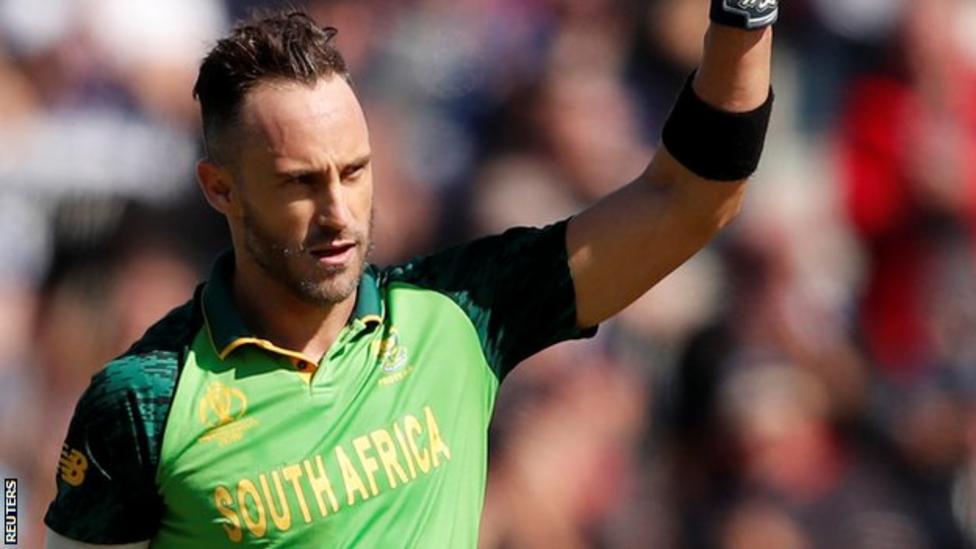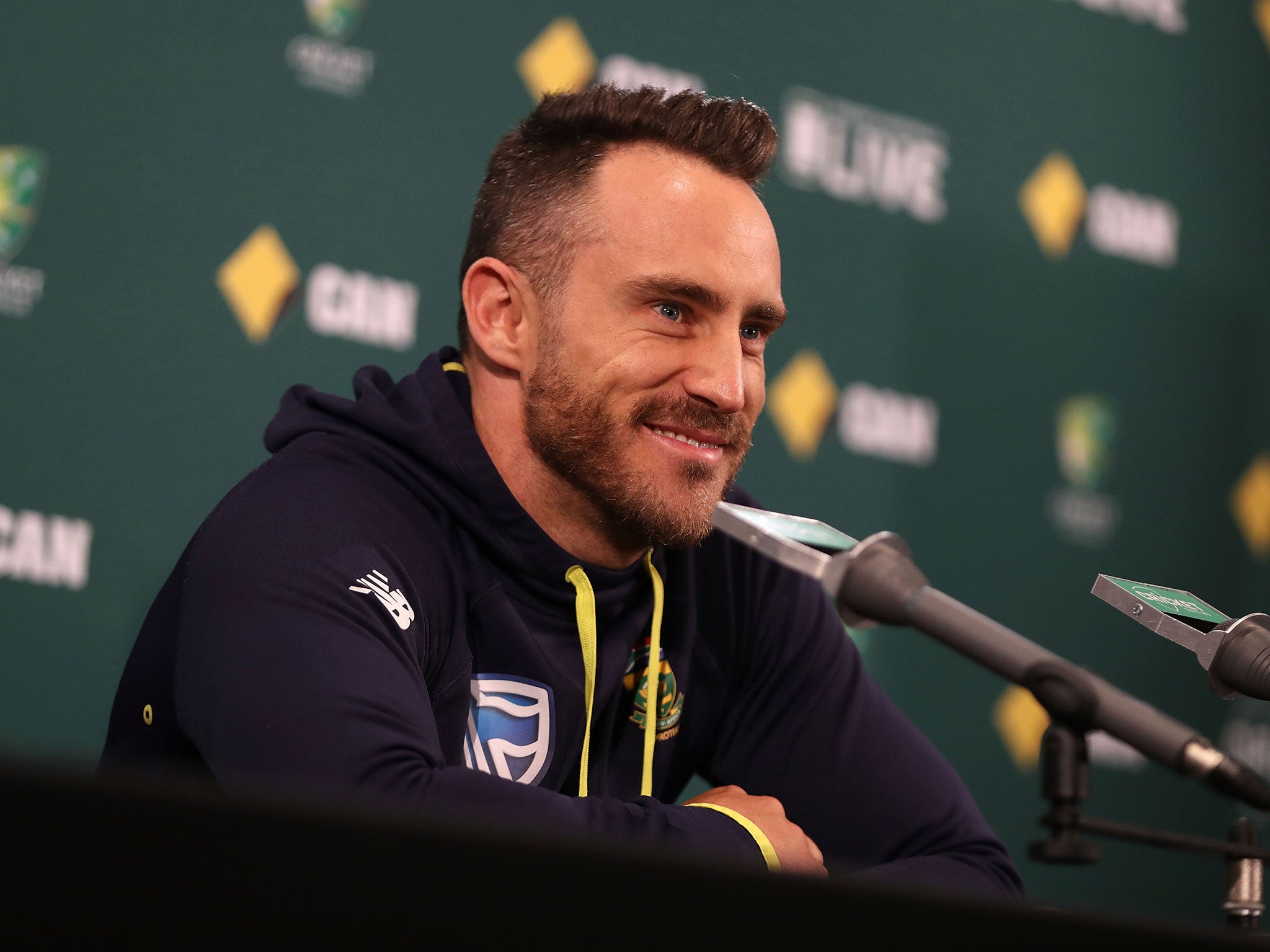

That series perhaps played a key role in India backing Rahul for the current series in Australia. The only time he missed out was when batting was the most difficult – the fourth innings of the same Pune Test match. Even in the first innings of the difficult Pune pitch, he made 64 out of India’s 105. He finally found consistency in the Australia series, where India clawed back from a 0-1 defeat to clinch the series 2-1. Even here, true to his track record, he reached 40 only once in his first eight innings – but that was a 199. Nine of them were during his peak, in 2016/17, when he amassed 708 runs at 50.57. Of the many reasons why both Dravid and Rohit put emphasis on Rahul’s overseas hundreds was the fact that Rahul has played only 16 Test matches at home.

And over time, the failures became more frequent. Rahul was capable of outstanding things, but there were failures too. Looked in isolation, the mean (37.63) does not tell the entire story, for his median score was 5. That template had been laid since the early days of Rahul’s Test career, which took off in a typical Rahulesque run of 3, 1, 110, 16, 7, 5, 108, 2, 2, 2, 158, all of them in overseas matches. In other words, India are willing to accommodate Rahul’s lack of consistency and wait for his ‘extreme’ performances, which have been admittedly special. “So, again, that’s the potential he has, obviously, of late there have been a lot of talks but from us, it was clear from our side, that we want him to go out and just play his game and do what he can do the best that we’ve seen him do over the years.” Rohit weighed in at the post-match press conference: “If you look at a couple of hundreds he got outside India, one of the best I’ve seen from KL, especially at Lord’s, you know, batting on that damp pitch losing the toss and being put in, playing in England is never easy, and he put in a great performance there, and Centurion was another one. Notable exclusions from the list were opening batsman Stephen Cook, who made a century on debut in the fourth Test against England, and off-spinner Dane Piedt, who played in three of the four Tests.Ĭontracted players: AB de Villiers, Hashim Amla, Faf du Plessis, JP Duminy, Morne Morkel, Vernon Philander, Dale Steyn (all two-year contracts), Kyle Abbott, Temba Bavuma, Farhaan Behardien, Quinton de Kock, David Miller, Wayne Parnell, Aaron Phangiso, Kagiso Rabada, Rilee Rossouw (one-year contracts).Rahul Dravid’s post-match statement (“he’s got hundreds in South Africa and England, we’ll continue to back him”), thus, strikes at odd: while KL Rahul’s four hundreds in 37 ‘SENA’ innings does look impressive, his 27 sub-30 scores do not.ĭravid, however, is not the only member of the team management keen to back Rahul. The board awarded contracts to 16 players. South Africa's next Test series is at home to New Zealand in August. I am confident that he will lead by example and display the brilliance and passion that he is so blessed with."

Lorgat said: "AB's commitment to the Proteas and international cricket is a lesson for many other cricketers and the Board was unanimous in appointing AB. The decision was taken based on a recommendation from national selectors.ĭe Villiers, 31, took over the captaincy on a short-term basis for the last two Tests against England after Hashim Amla decided to resign after the second Test earlier this month.Īt the time there was speculation about De Villiers' long-term future in international cricket and the player himself said he wanted to have discussions with chief executive Haroon Lorgat and chief selector Linda Zondi if he was to continue in the job.Ī statement from Cricket South Africa said De Villiers had accepted the appointment and quoted him as saying: "This is an exciting time for South African cricket and I am honoured to have been asked to captain the Test team into a new era." AB de Villiers is the new full-time Test captain for the Proteas, Cricket South Africa confirmed on Saturday (AEDT).


 0 kommentar(er)
0 kommentar(er)
